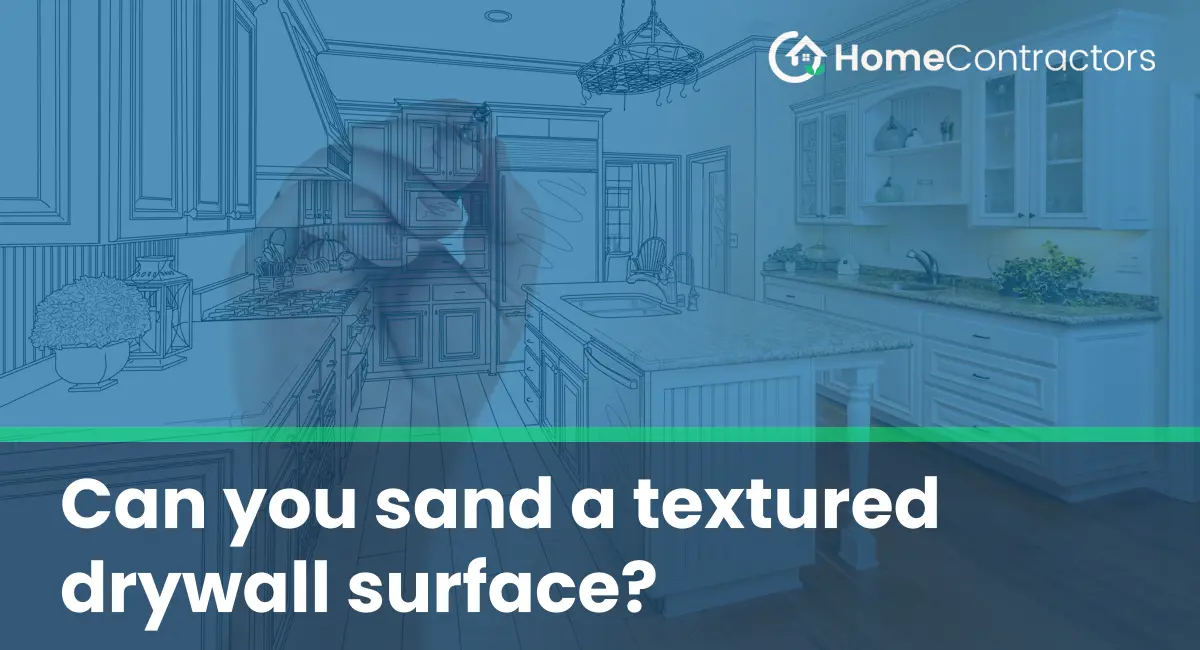In this article, we will explore the feasibility of sanding textured drywall and provide important considerations to keep in mind.
Understanding Textured Drywall
Before delving into whether you can sand a textured drywall surface, it is essential to understand the characteristics of a textured finish. There are various types of textures commonly used, such as popcorn, orange peel, knockdown, and swirls. These textures are achieved through different techniques, including spraying joint compound or applying patterned tools to create specific designs.
Why Sanding Textured Drywall Can Be Challenging
1. Loss of Texture Detail
One of the main reasons sanding a textured drywall surface can be challenging is the potential loss of intricate texture detail. Sanding smooths out surfaces, and in the case of a textured finish, it might end up removing or dulling the distinct pattern, defeating the purpose of having a textured wall.
2. Uneven Results
Textured drywall surfaces tend to have irregularities and variations in thickness due to their construction. When sanding, it can be difficult to achieve an even result across the entire surface, leading to an uneven appearance once repainted. This can be particularly problematic if you are attempting to create a smooth finish.
3. Dust Management
Another challenge of sanding textured drywall is managing the dust created in the process. The texture can trap dust particles, making it difficult for a sander to reach the surface effectively. This can lead to inadequate sanding or clogging up the sanding equipment quickly, causing frustration and potentially damaging the texture.
Considerations and Alternatives
1. Evaluating the Condition
Before deciding whether to sand a textured drywall surface, it is crucial to evaluate its condition. If the texture is in good shape, without major imperfections or damage, you might consider alternative methods like priming and painting over it directly. This allows you to update the color while preserving the texture’s character.
2. Test Areas and Practice
If you decide to sand a textured drywall surface, it is recommended to test an inconspicuous area first. By doing so, you can observe the outcome, understand the difficulty level, and determine if it is feasible for your specific project. Practice sanding techniques on a small section can also help you refine your approach and minimize any potential mistakes.
3. Seek Professional Advice
For complex projects or if you are uncertain about the impact of sanding on your specific texture, it is advisable to consult a professional. They can provide guidance on the feasibility of sanding and suggest alternative methods to achieve your desired outcome, ensuring the best results without compromising the integrity of the texture.
While sanding a textured drywall surface can pose challenges due to texture loss, uneven results, and dust management, it is not entirely impossible. Considerations such as evaluating the condition, test areas, and seeking professional advice can help in making an informed decision. Ultimately, the feasibility of sanding a textured drywall surface depends on the specific texture type, desired outcome, and your personal preferences.
